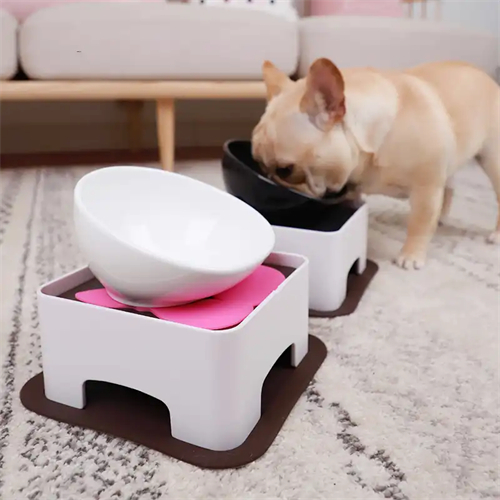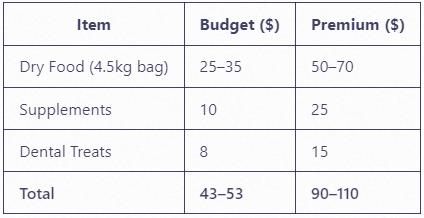Pugs are beloved for their playful personalities and distinctive looks, but their unique physiology requires careful dietary planning. This guide provides a science-backed pug feeding strategy to address common health concerns like obesity, allergies, and digestive sensitivity, ensuring your dog thrives at every life stage.
 Article source:https://www.petwoah.com/pet Site-https://www.petwoah.com/763.html
Article source:https://www.petwoah.com/pet Site-https://www.petwoah.com/763.html
Why Pugs Need Specialized Nutrition
1. Weight Management:Article source:https://www.petwoah.com/Pet Site-https://www.petwoah.com/763.html
- Over 30% of pugs are overweight due to their low activity levels and love of food (AKC).
- Target body condition score: 4-5/9 with visible waistline and rib definition.
2. Brachycephalic Considerations:Article source:https://www.petwoah.com/Pet Site-https://www.petwoah.com/763.html
- Flat-faced anatomy increases choking risks; kibble size/shape matters.
- Opt for small, easy-to-chew pieces (under 1cm diameter).
3. Common Health Risks:Article source:https://www.petwoah.com/Pet Site-https://www.petwoah.com/763.html
- Studies show nearly 22% of pugs develop food allergies (Veterinary Practice News).
- Sensitive skin and joints benefit from omega-3s and glucosamine.
Life Stage Feeding Guidelines
1. Puppy Phase (8 weeks–1 year)Article source:https://www.petwoah.com/Pet Site-https://www.petwoah.com/763.html
- Calories: 55-65 calories per pound daily
- Key Nutrients:
DHA (0.3% min) for brain developmentArticle source:https://www.petwoah.com/Pet Site-https://www.petwoah.com/763.html
Calcium (1.2%) for bone structureArticle source:https://www.petwoah.com/Pet Site-https://www.petwoah.com/763.html
- Sample Meal Plan:
7 AM: 1/3 cup puppy formula kibble (e.g., Royal Canin Pug Puppy)Article source:https://www.petwoah.com/Pet Site-https://www.petwoah.com/763.html
12 PM: 1 oz cooked chicken + 2 tsp pumpkin puréeArticle source:https://www.petwoah.com/Pet Site-https://www.petwoah.com/763.html
5 PM: 1/3 cup kibble + 1/4 tsp salmon oilArticle source:https://www.petwoah.com/Pet Site-https://www.petwoah.com/763.html
2. Adult Maintenance (1–7 years)
- Calories: 45-50 calories per pound
- Diet Composition:
25% high-quality protein (chicken, turkey, fish)
12% healthy fats (coconut oil, flaxseed)
Limited carbs: sweet potato > corn/wheat
- Top Food Picks:
Wellness Complete Health Small Breed
Hill's Science Diet Adult Sensitive Stomach
3. Senior Pugs (7+ years)
- Adjustments:
Reduce calories by 20% unless underweight
Increase fiber to 5% for digestive health
Add joint supplements: 500mg glucosamine daily
- Hydration Tip:
Add low-sodium broth to meals to combat decreased thirst drive
Proactive Health Strategies
- Allergy Management:
Elimination diet protocol: 8-12 weeks with novel proteins like venison or duck
Avoid corn, soy, and artificial dyes (linked to over 68% of pug skin issues)
- Portion Control Tools:
Use slow-feeder bowls to prevent bloat
Measure food with kitchen scales (±5g accuracy)
- Treat Rules:
Limit to 10% daily calories
Healthy options: blueberries, dehydrated liver, dental chews
Foods to Strictly Avoid
❌ Toxic Items:
Xylitol (common in sugar-free peanut butter)
Grapes/raisins (cause kidney failure)
Macadamia nuts (neurotoxin risk)
⚠️ High-Risk Foods:
Rawhide (choking hazard)
High-sodium snacks (exacerbate breathing issues)
Monthly Cost Breakdown
Expert Tip: Rotate proteins every 3 months to prevent intolerance development. Always consult your vet before switching diets.


